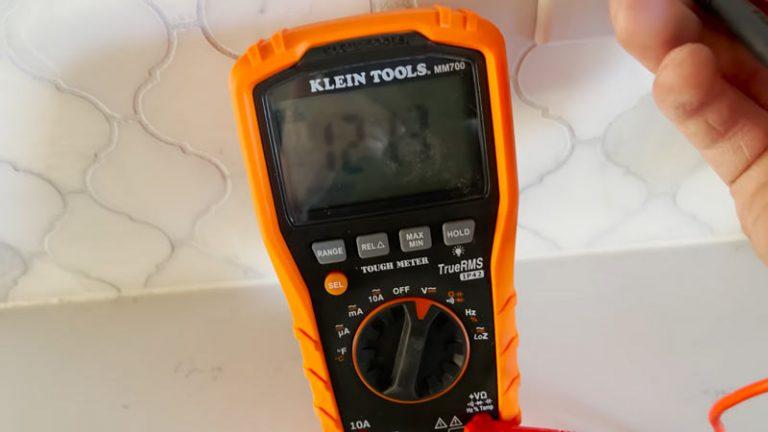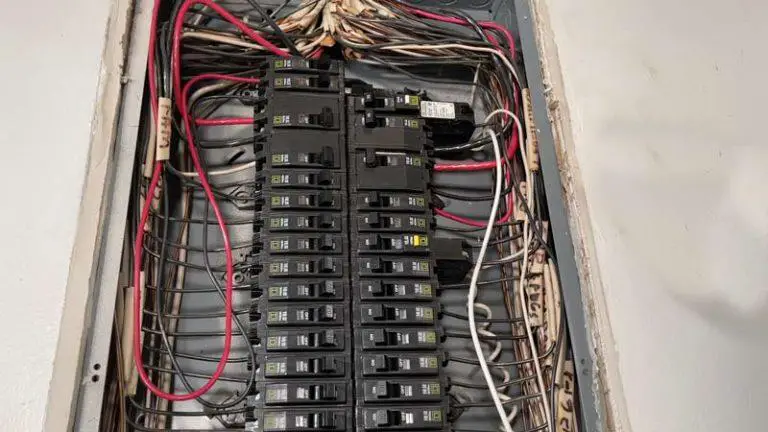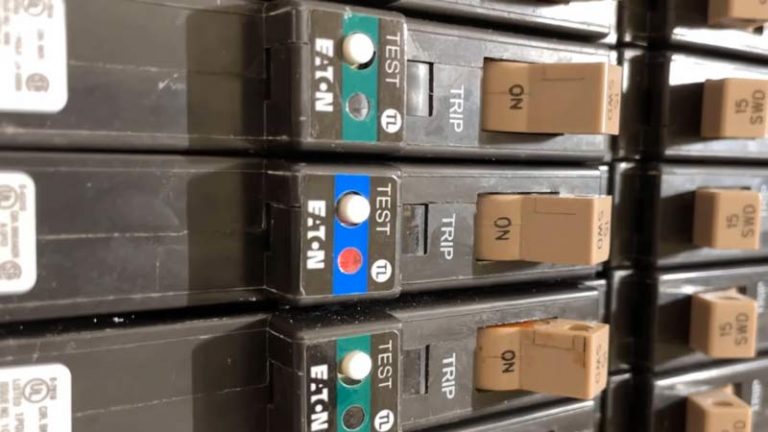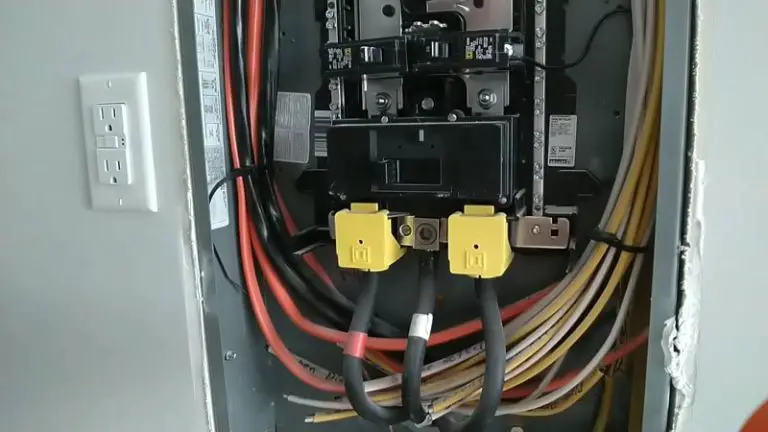Breaker Box Buzzing When Microwave Is On? Here’s Why (and What to Do!)
You press start on your microwave, ready for a quick meal, but instead of the gentle hum of heating food, you hear an alarming sound. A distinct, unnerving buzzing noise is coming directly from your breaker box. It’s a sound that instantly signals something isn’t right with your home’s electrical system, and ignoring it is not an option.
That buzzing sound is a warning. While a faint hum can be normal, a loud, distinct buzz linked to using a high-power appliance like a microwave is a clear red flag. This noise indicates a problem that could range from a simple overloaded circuit to a dangerous electrical fault that poses a significant fire risk.
You'll Learn About
Why You Must Never Ignore a Buzzing Breaker Box
Your breaker box, or electrical panel, is the heart of your home’s electrical system. It’s designed to protect you by shutting off power when it detects a problem. When a component in this critical system starts making noise, it’s telling you that it’s under stress or failing. Ignoring a buzzing breaker can have severe consequences, including electrical fires, damage to your appliances, and the risk of electric shock.
Electrical failures are a leading cause of home fires, and a buzzing panel is a primary symptom of such a failure. The sound itself often points to an issue that generates excess heat, which can melt wire insulation and ignite nearby flammable materials. Acting quickly is essential for the safety of your home and family.
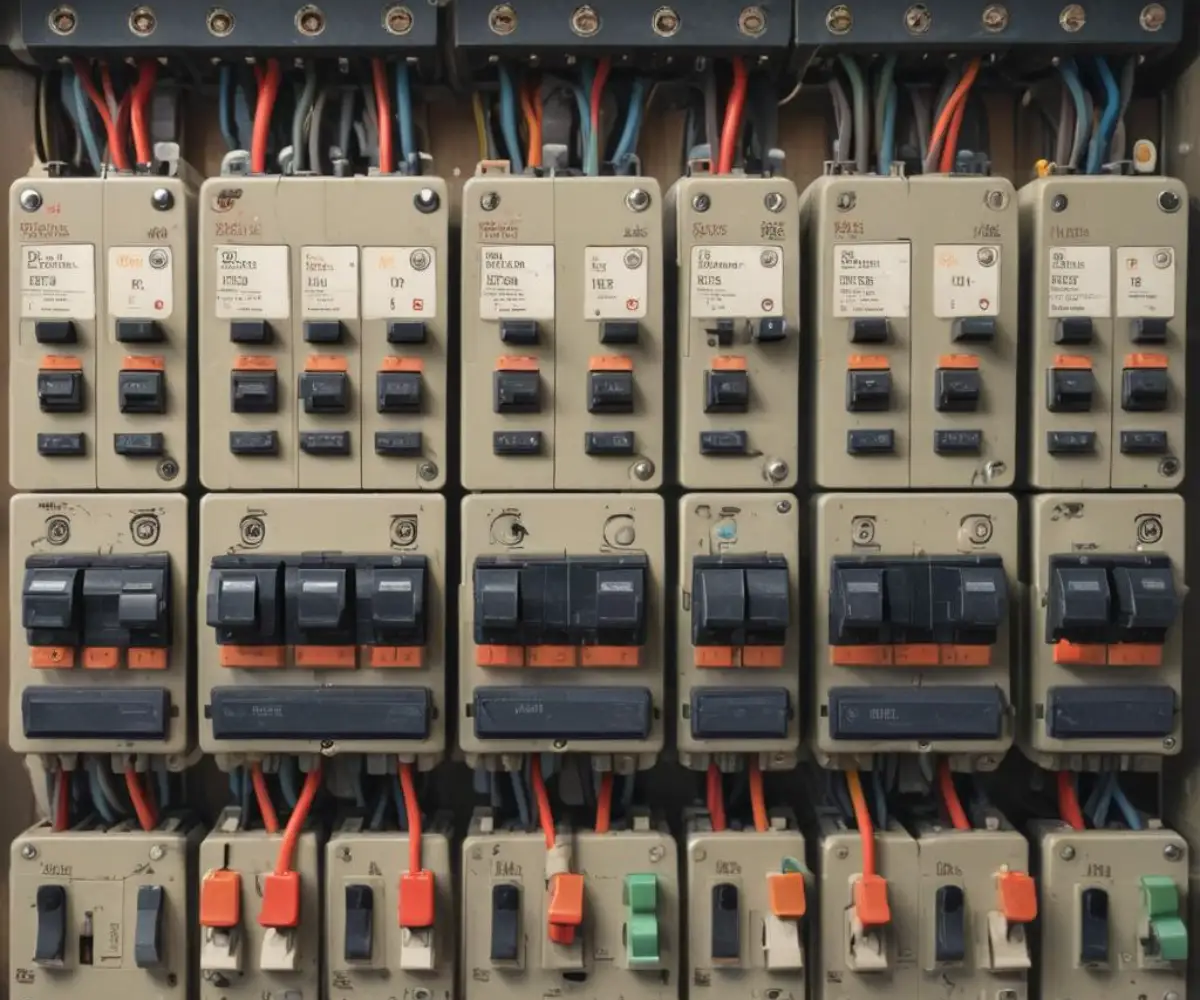
Top 4 Reasons Your Breaker Is Buzzing When the Microwave Is On
That buzzing sound is a symptom, but what’s the underlying disease? When the noise specifically happens with microwave use, the list of culprits narrows down. Microwaves are high-draw appliances, meaning they pull a lot of electrical current, which can expose weaknesses in your electrical system.
1. Severe Circuit Overload
This is the most common and straightforward reason for a buzzing breaker. A circuit breaker is designed to handle a specific electrical load. When you run a powerful microwave, you might be pushing that circuit to its limit. If you have other appliances—like a refrigerator, coffee maker, or toaster—running on the same circuit, the combined power draw can be too much for the breaker to handle.
Instead of tripping immediately, a strained breaker might buzz loudly as it struggles under the excessive load. This is its way of screaming for help before it shuts down the power. This is similar to other high-power appliances causing issues; for instance, sometimes an electric heater making buzzing noise can point to the same kind of circuit strain.
2. A Failing or Faulty Circuit Breaker
Circuit breakers don’t last forever. Over time, internal components can wear out from age, frequent tripping, or electrical surges. A breaker that is failing may lose its ability to trip correctly when overloaded. Instead of cleanly cutting the power, it might buzz loudly as the internal contacts struggle to maintain a connection under the heavy load from the microwave.
This is a particularly dangerous situation. A breaker that fails to trip is no longer protecting your wiring from overheating, which dramatically increases the risk of an electrical fire. The buzzing is a sign that the breaker’s safety mechanism is compromised.
3. Loose Wiring and Poor Connections
One of the most hazardous causes of a buzzing sound is a loose wire. Wires connected to the circuit breaker can become loose over time due to vibrations or improper installation. When a high-power appliance like a microwave draws current through this loose connection, it can cause the electricity to jump, or “arc,” across the small gap.
This arcing creates a distinct buzzing or sizzling sound and generates intense heat. This heat can melt the wire insulation and the breaker itself, creating a severe fire hazard. If you notice a burning smell accompanying the buzz, a loose wire is a very likely culprit, and you should call an electrician immediately.
4. Electrical Arcing
Sometimes, the buzzing sound isn’t just from a loose wire but from a more serious arc fault within the panel itself. An arc fault is a dangerous electrical discharge that happens when electricity jumps between connections. This can be caused by damaged wiring, corroded contacts, or a failing breaker.
The sound of an arc fault is often described as a more aggressive sizzle or crackle. Arc faults are a leading cause of electrical fires and are an absolute emergency. If you suspect an arc fault, do not hesitate to contact a professional.
A Homeowner’s Safe Troubleshooting Guide
WARNING: Your electrical panel contains high-voltage components. Never attempt to open the panel or fix internal wiring yourself. This guide is for external diagnosis only to help you understand the problem before calling a professional.
Step 1: Isolate the Microwave
The first step is to confirm the microwave is the trigger. Unplug the microwave and plug in a different, smaller appliance, like a lamp or a phone charger, into the same outlet. If the buzzing is gone, the microwave is likely the problem, or at least the catalyst.
Next, try plugging the microwave into an outlet on a completely different circuit (for example, in a different room). If the breaker for that new circuit now buzzes when you run the microwave, it points to an issue within the microwave itself. If the original breaker remains silent, the problem is likely with that specific circuit.
Step 2: Identify an Overload
Think about what else is on the same circuit as your microwave. In many kitchens, the same circuit powers multiple outlets and even the lights. Turn off and unplug everything else on that circuit.
Now, run the microwave by itself. If the buzzing stops, you’ve found your problem: a classic circuit overload. You are simply asking that one circuit to do too much work at once. The long-term solution for this is often to have an electrician install a dedicated circuit just for your microwave.
Step 3: Listen to the Sound
The type of sound can tell you a lot about the potential danger. A consistent, loud buzz is different from an intermittent crackle or sizzle. Pay close attention to the noise to give your electrician as much information as possible.
| Sound Type | Potential Cause | Severity Level |
|---|---|---|
| Loud, Consistent Buzz | Circuit Overload or Failing Breaker | High – Potential fire risk. |
| Sizzling or Crackling | Loose Wiring or Electrical Arcing | Critical – Immediate fire hazard. |
| Faint, Gentle Hum | Normal Electrical Operation | Low – Generally not a concern. |
| Clicking or Clunking | Breaker is trying to trip but failing | High – Breaker is faulty. |
Step 4: Know When to Make the Call
If you experience any of the following, it’s time to stop troubleshooting and call a licensed electrician immediately:
- A smell of burning plastic or ozone.
- The circuit breaker is hot to the touch.
- The buzzing sound is very loud, erratic, or sounds like sizzling.
- You see any scorch marks on the panel or outlets.
- The lights in your home flicker when the microwave is on.
These are signs of an imminent electrical hazard. Do not wait to seek professional help.
The Professional Solution: What an Electrician Will Do
When you call a qualified electrician, they will perform a systematic and safe diagnosis of your electrical panel. They will start by turning off the main power to ensure safety. Then, they will likely perform the following steps:
- Inspect the Wiring: The electrician will open the panel and visually inspect all connections, looking for any signs of loose wires, corrosion, or heat damage.
- Tighten Connections: They will use a torque screwdriver to ensure every wire connected to your circuit breakers is tightened to the manufacturer’s specifications. This simple step often resolves buzzing caused by loose connections.
- Test the Breaker: The electrician can test the specific breaker to see if it’s functioning correctly and tripping when it should. If it fails the test, it must be replaced.
- Recommend a Dedicated Circuit: If the diagnosis is a simple overload, the electrician will likely recommend installing a new, dedicated circuit for your microwave. This ensures it has all the power it needs without affecting other appliances.
The cost to replace a single circuit breaker is typically modest, but it’s an investment in your home’s safety. For persistent electrical quirks, like an always on light switch, it’s always best to consult a professional rather than attempting a DIY fix.
Preventing Future Electrical Problems
Once the immediate issue is resolved, you can take steps to prevent it from happening again. Understanding your home’s electrical system is key. Be mindful of not plugging too many high-power appliances into a single circuit.
Regularly check your outlets and cords for signs of wear and tear. Oddities like bent outlet covers can sometimes indicate underlying heat issues or improper installations that need attention. By being proactive, you can ensure your electrical system remains a silent, reliable guardian of your home.
Conclusion: Don’t Hesitate When You Hear the Buzz
A breaker box buzzing when the microwave is on is more than just a nuisance; it’s a critical warning sign that your electrical system is under dangerous stress. The most likely causes are a circuit overload, a failing breaker, or hazardous loose wiring. While you can perform some basic troubleshooting to identify an overload, any work inside the electrical panel should be left to a licensed professional.
Your safety is paramount. At the first sign of a loud buzz, a burning smell, or a hot breaker, your immediate next step should be to call a qualified electrician. They have the tools and expertise to diagnose the problem safely and restore your peace of mind.

